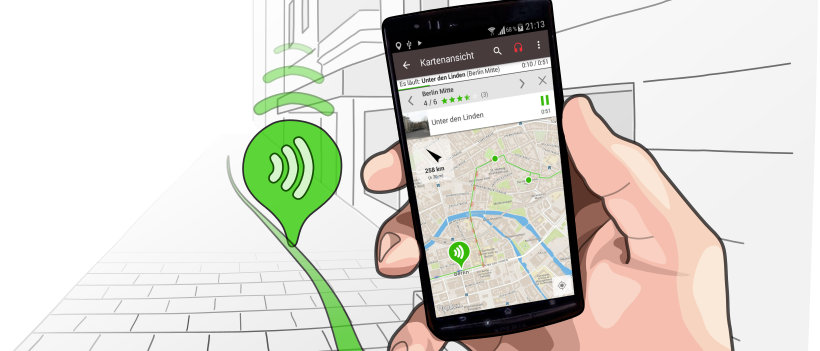Our way is leading us gently uphill into a left turn, then the street is bending softly to
the right and we can see a quite unmotivated stone structure. When we look at it
more closely, we can tell that it is the right door post of a larger gate. This was the
entrance gate to the park of Louis Mannstaedt. It is indeed a huge park, that expands
all the way up to the café in the forest named House Ravensberg.
Who was Louis Mannstaedt?
He was a factory owner, who had worked in Troisdorf before opening his own
business and eventually became the owner of a large rolling mill in Cologne. It was a
growing business and he would have liked to expand his mill, but the space of
grounds around it was limited. In 1910, Mannstaedt remembered his former business
partners in Troisdorf and learned that the Sieg-Rheinische ironworks company wasn`t
doing too well. It had suffered from the large flood in the previous year, another one
had already hit the company in 1899. Business was bad and the water had damaged
the factory so severely, that it could no longer be used for the production of iron. So
Louis Mannstaedt took advantage of the opportunity to buy the Sieg-Rheinische
ironworks company in 1911.
Then he started the most gigantic company project in the history of Troisdorf. Not only
did he build a new rolling mill, but several housing estates for the workers, a
settlement for his office workers, and new homes for himself and his two sons.
The housing estates for the workers and their superiors were called red and black
colonies, named after the colour of their roof tiles, and another one was built in the
Elisabethstraße in Oberlar.
Behind this door post in the Mannstaedt Park is where he constructed his own, most
humble home and those for his sons. Today, Mannstaedt’s own house can only be
seen from the Altenrather Straße and doesn’t look much like it used to back then. His
sons chose the location up on the hill for their buildings. The architect Camillo
Friedrich from Cologne was responsible for the largest villa of Carl Mannstaedt. His
brother Ludwig’s smaller house was built by Carl Doflein, who had previously
constructed many Protestant churches.
So we can see, Louis Mannstaedt really built his own small world, something like a
little state, which is unlike how companies normally do it nowadays, many of them
outsourcing as much as they possibly can.
For their employees, Mannstaedts also constructed shops and kindergardens. Louis
himself founded the factory’s own all male choir. He built a gym and a sports court.
On the premises was a bathhouse for the company employees. It was setting an
example as a social institution and the role model for the housing estates for workers
in Margarethenhoehe in Essen and Hellerau in Dresden. Both of them were built after
the ideas of Raymond Unwin and Ebenezer Howard from Great Britain and their
garden city in Letchworth.
Their idea of homes for factory workers in a green environment had grown out of the
unbearable misery in the first decades of the industrialization during the 19th century,
when people had lived in slums. Unwin and Howard argued that a good health
condition also worked towards more years in which the employees could work.
In 1913, the majority of the buildings was finished and the production in the
Mannstaedt factories began. Only one year later, Louis Mannstaedt died at the age of
73.



